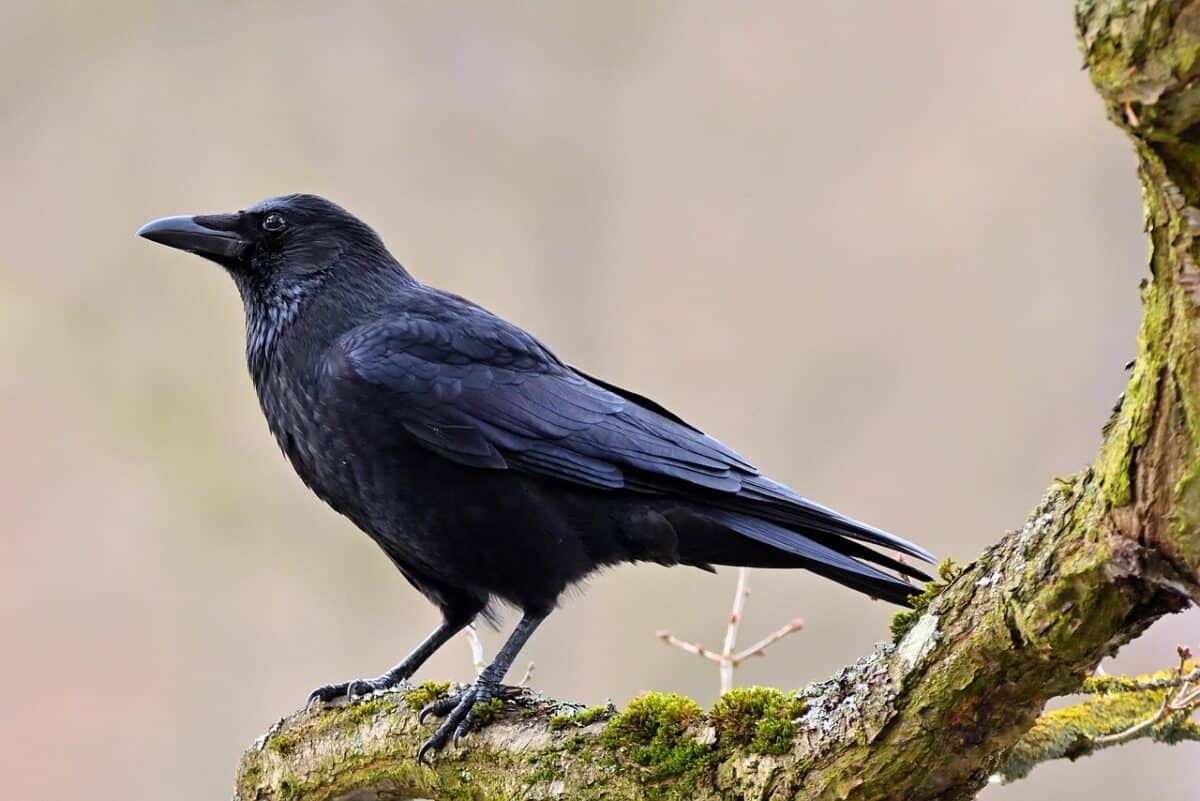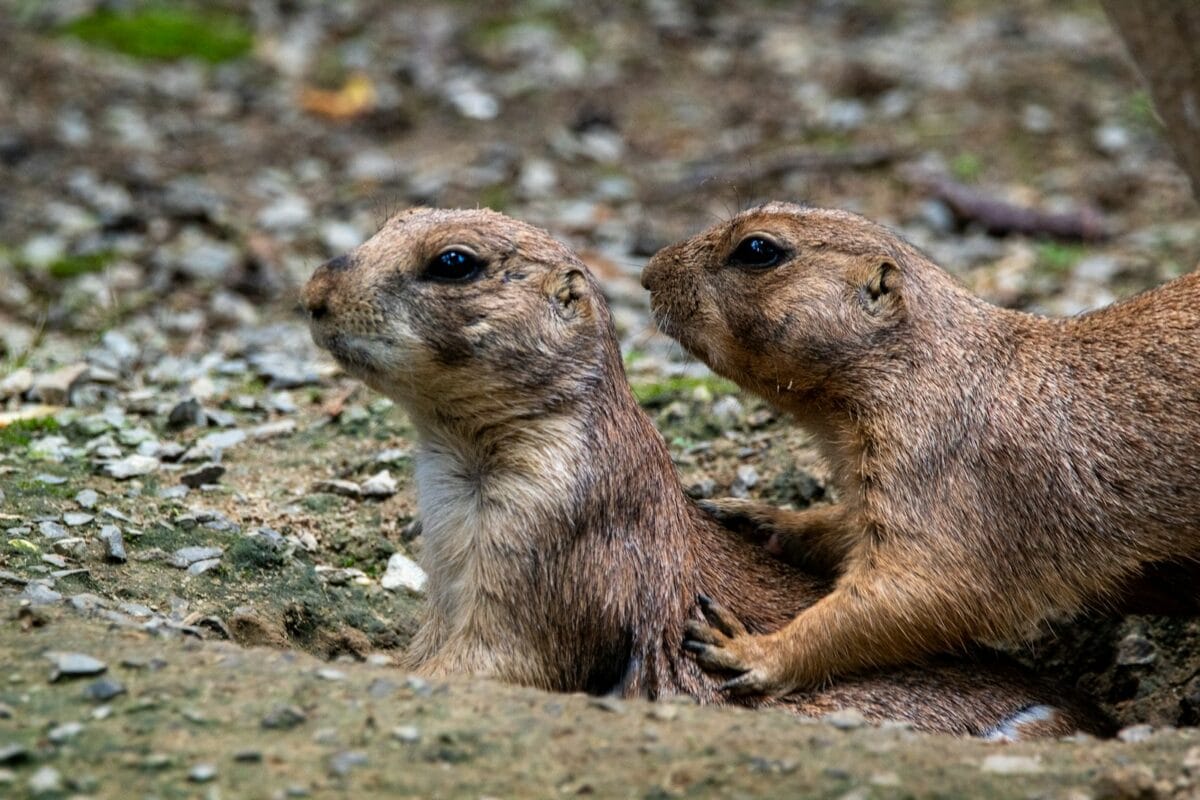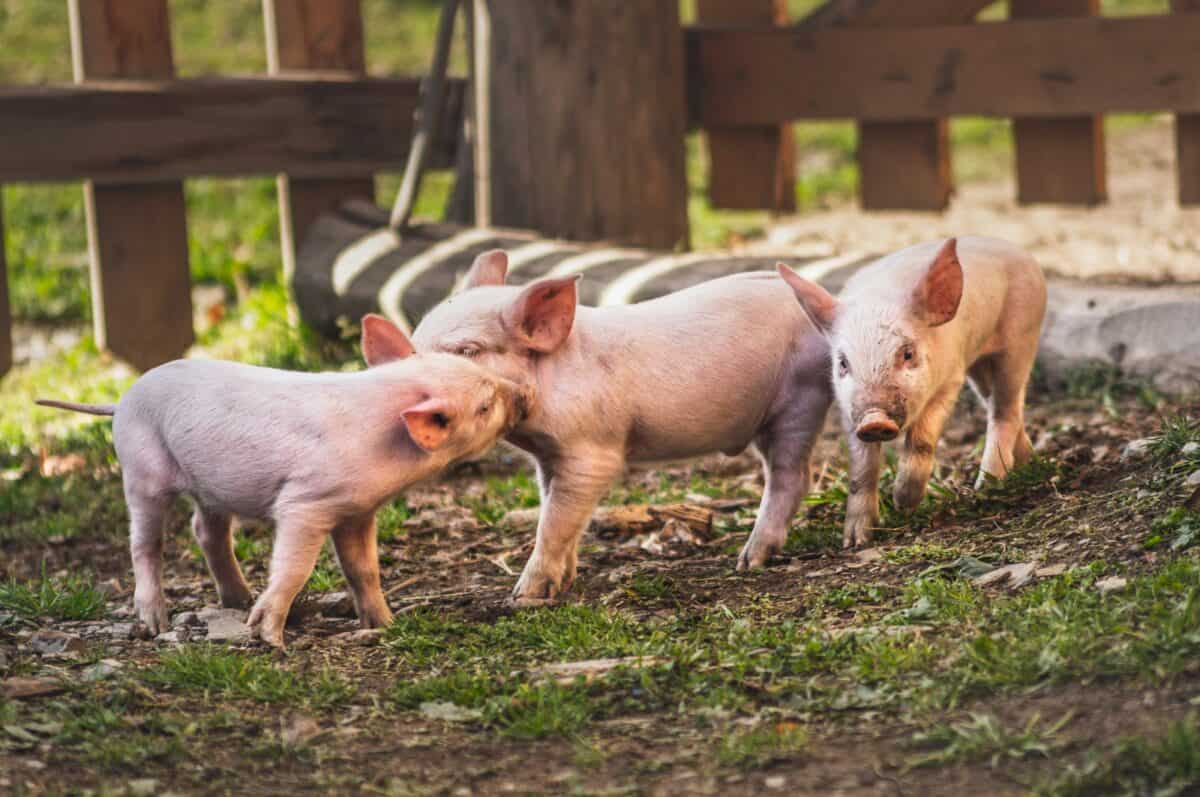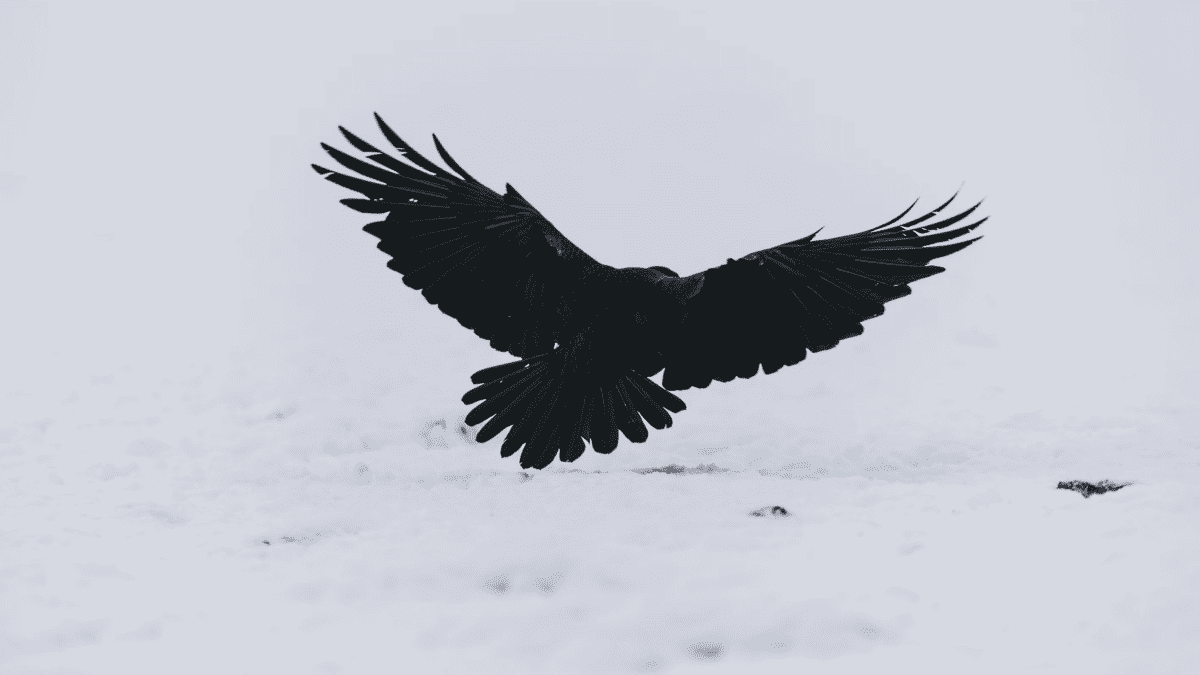For centuries, empathy was considered a uniquely human trait—the ability to understand and share the feelings of another. However, over the past few decades, scientific research has increasingly revealed that many animal species demonstrate remarkable capacities for empathic responses. From rats freeing trapped companions to elephants comforting distressed herd members, the animal kingdom is filled with examples of creatures showing concern for others. These discoveries have profound implications for our understanding of animal consciousness and the evolution of emotional intelligence. Here are 15 compelling instances where scientists have documented empathic behaviors in non-human animals, challenging our preconceptions and expanding our appreciation of the emotional lives of the creatures with whom we share our planet.
Rats Demonstrating Prosocial Behavior

In a groundbreaking 2011 study at the University of Chicago, scientists observed rats voluntarily freeing their trapped cage mates, even when there was no reward for doing so. The free rat would learn to open a complex door mechanism to release their distressed companion, often prioritizing this rescue over obtaining food rewards. More remarkably, when given chocolate chips—a favorite treat—the rescuing rats would frequently save some for the liberated companion. This prosocial behavior continued even when the rats were separated by a barrier that prevented direct social contact after the rescue, suggesting that the helping behavior wasn’t motivated simply by a desire for social interaction. This experiment provided one of the first clear laboratory demonstrations of empathy-driven helping behavior in rodents, challenging long-held assumptions that such complex emotional responses were limited to primates and a few other highly social mammals.
Chimpanzees Consoling Victims of Aggression

Primatologists studying chimpanzees in both captivity and the wild have documented numerous instances of consolation behavior following conflicts. After aggressive encounters within a group, uninvolved third-party chimps often approach and embrace the victims, offering reassuring touches and grooming. Dr. Frans de Waal of Emory University has spent decades documenting these behaviors, noting that the consoling chimps typically exhibit signs of emotional distress themselves when witnessing others in pain. In one particularly touching observation from Arnhem Zoo in the Netherlands, researchers watched as juvenile chimpanzees consistently consoled victims of bullying, approaching them with reassuring hugs and gentle pats. The consoling individuals showed physical signs of stress themselves, including increased scratching and other displacement behaviors, suggesting they were genuinely affected by their groupmate’s distress. This consolation behavior appears to be targeted specifically to alleviate the victim’s distress rather than serving other social functions.
Elephants Mourning Their Dead

Elephant empathy may be most poignantly displayed in their responses to death within their herds. Field researchers like Dr. Joyce Poole, who has studied African elephants for over 40 years, have documented elephants gently touching the bones and tusks of deceased herd members, sometimes returning to these remains for years. In one particularly moving observation in Kenya’s Samburu National Reserve, researchers witnessed an elephant family spending days with the body of their matriarch, gently touching her body with their trunks and feet, and chasing away predators. The elephants became noticeably quieter during this period, with reduced feeding and increased affiliative behaviors among surviving members. Even more remarkably, unrelated elephant groups passing by would often stop to investigate the remains, standing silently as if paying respects. This suggests that elephant empathy extends beyond immediate social bonds to encompass a broader recognition of the significance of death within their species. These mourning rituals indicate a sophisticated level of emotional processing and social awareness comparable to that seen in human grieving behaviors.
Bonobos Sharing Food with Strangers

Our close relatives, bonobos, display remarkable empathy through their willingness to share food—even with complete strangers. In experiments conducted at the Max Planck Institute for Evolutionary Anthropology, bonobos voluntarily shared their food with unfamiliar bonobos without any expectation of reciprocity. The research team, led by Dr. Brian Hare, created scenarios where bonobos could unlock a door to allow another bonobo access to food, even when they received no direct benefit themselves. Surprisingly, the bonobos consistently chose to share, even when the recipient was a stranger they had never encountered before. This behavior stands in contrast to chimpanzees, who typically only share with close associates or potential mates. Further research revealed that bonobos exhibit elevated levels of oxytocin—often called the “love hormone”—when encountering strangers, suggesting a biological basis for their uniquely empathetic approach to social interactions. This predisposition toward prosocial behavior with unfamiliar individuals makes bonobos exceptional even among our closest evolutionary relatives.
Wolves Caring for Injured Pack Members

Wolf packs demonstrate remarkable empathy through their care for injured members, often adjusting hunting strategies and travel pace to accommodate wounded individuals. Wolf researcher Rick McIntyre documented a striking example in Yellowstone National Park, where a pack’s alpha female suffered a severe leg injury during a hunt. Rather than abandoning her—which would have evolutionary logic, as injured members can slow down the group—the pack adapted their movements to her capabilities and brought food back to her location. Pack members were observed regurgitating meat for her and defending her during recovery. In another observed instance, wolf researchers in Minnesota tracked a pack that continued to support an elderly wolf with severe arthritis, allowing it to remain with the group long after it could no longer contribute to hunting. The pack would leave the elder at a safe location during hunts, then return with food shares. These behaviors suggest that wolf social bonds transcend mere cooperative utility and include genuine concern for the welfare of individual pack members regardless of their immediate functional contribution to the group.
Dolphins Supporting Sick or Injured Pod Members

Marine biologists have documented numerous cases of dolphins physically supporting injured or ill pod members, sometimes for days at a time. This behavior, known as “standing by,” involves healthy dolphins positioning themselves under a struggling individual to help them reach the surface to breathe. In one well-documented case off the coast of Korea, researchers observed a group of Indo-Pacific bottlenose dolphins supporting a female with a spinal deformity for over a week. The disabled dolphin could not swim effectively on her own, yet survived because of the continuous assistance from her pod members, who took turns swimming beneath her to keep her afloat. Similar behaviors have been observed worldwide, including a 2013 incident where dolphins in Hawaii were filmed supporting an injured companion for hours. What makes these observations particularly compelling as evidence of empathy is that the supporting dolphins often forgo feeding opportunities and expend considerable energy to assist their distressed companions, suggesting their motivation extends beyond simple instinctual responses to genuine concern for the welfare of specific individuals.
Crows Holding “Funerals” for Dead Companions

Corvid researchers have documented fascinating behaviors that suggest crows recognize and respond empathetically to the deaths of their kind. Dr. Kaeli Swift of the University of Washington conducted experiments with wild American crows, presenting them with dead crow effigies. The responses were remarkable: crows would gather around the dead individual, calling loudly in distinct alarm patterns that attracted more crows to the scene. These “funeral” gatherings often lasted for 15-20 minutes, with the birds exhibiting signs of distress such as mobbing behaviors and defensive posturing. More telling, the crows would avoid areas where they had encountered dead companions for several days afterward, suggesting these experiences had emotional significance. Further research revealed that crows recognize specific individuals that have handled their dead, remembering and mobbing these humans for years afterward. This complex response to death goes far beyond simple threat recognition, suggesting crows experience something akin to grief or at least a sophisticated understanding of the significance of death within their social groups. Their capacity to remember and respond to individuals associated with these emotionally charged events demonstrates cognitive and emotional processing comparable to that seen in many mammals.
Gorillas Adopting Orphaned Young

In both captive and wild settings, gorillas have been observed adopting orphaned young, including those unrelated to them—a clear demonstration of empathetic caregiving. One of the most famous cases occurred at the Virunga National Park in the Democratic Republic of Congo, where researchers documented a silverback male named Kabirizi adopting and caring for an orphaned infant after its mother died from illness. Most remarkably, this massive male adjusted his behavior to accommodate the infant’s needs, slowing his travel pace, sharing food, and even allowing the infant to sleep in his nest—behaviors typically reserved for biological offspring. In another documented case from Rwanda’s Volcanoes National Park, a young female gorilla named Nahimana adopted her younger sibling after their mother’s death, despite her own youth and lack of maternal experience. Primatologists studying these cases note that such adoptions require significant behavioral adaptation and resource sacrifice from the adopters, suggesting motivations beyond instinctual responses. These adoptive relationships often persist for years, with the caregivers showing genuine attachment to their adopted young, protecting them from dangers and teaching them survival skills just as they would with biological offspring.
Prairie Voles Comforting Distressed Partners

Prairie voles, small rodents known for forming monogamous pair bonds, demonstrate remarkable partner-directed empathy. In studies conducted at Emory University, researchers subjected prairie voles to mild stress while their partners observed. The observing voles subsequently showed increased grooming and physical contact specifically directed toward their stressed partners. Blood tests revealed elevated levels of corticosterone (a stress hormone) in both the stressed voles and their observing partners, suggesting a physiological sharing of emotional states. Further research demonstrated that when given a choice between comforting their distressed partner and exploring a novel, potentially rewarding environment, prairie voles consistently chose to comfort their partners. This consolation behavior appears to be mediated by oxytocin, as blocking oxytocin receptors in the observer voles eliminated the consolation response. What makes these findings particularly significant is that prairie voles are relatively simple mammals compared to primates or dolphins, yet they display sophisticated empathetic responses comparable to those seen in much more cognitively advanced species. This suggests that empathy may be a more fundamental and widespread trait in the animal kingdom than previously recognized.
Vampire Bats Sharing Food with Hungry Colony Members

Vampire bats exhibit one of the most extraordinary examples of empathy-driven food sharing in the animal kingdom. These small mammals, who feed exclusively on blood, will regurgitate some of their meal to feed colony members who have failed to find food. Dr. Gerald Wilkinson’s long-term research at the University of Maryland has revealed that this sharing behavior is not indiscriminate but targeted toward specific individuals with whom the bats have established social bonds. In controlled experiments where certain bats were prevented from feeding, researchers observed that well-fed bats would spend significantly more time grooming hungry individuals before sharing food with them, suggesting an awareness of their condition. Most remarkably, this sharing occurs even when food is scarce and the donor bat risks its own survival by sharing. Detailed studies of these relationships revealed that food sharing is often reciprocal over time, but bats will continue to share with individuals who are temporarily unable to reciprocate due to illness or injury. This indicates that the motivation for sharing goes beyond simple reciprocal altruism to include genuine concern for the welfare of socially bonded individuals—a sophisticated empathetic response in a species far removed from primates on the evolutionary tree.
Hens Showing Distress at Their Chicks’ Discomfort

Mother hens display remarkable empathetic responses to their chicks’ distress, according to research from the University of Bristol. In controlled experiments, scientists exposed chicks to mild air puffs that caused no pain but induced mild distress. The mother hens, observing their chicks from a separate compartment, responded with increased heart rates, vocalizations, and alertness—physiological and behavioral changes indicating emotional arousal. More tellingly, the hens showed greater eye temperature increases (a stress indicator) when their chicks were distressed than during control conditions, even though the hens themselves experienced no direct discomfort. This maternal empathetic response extended beyond mere predator vigilance; the hens’ responses were specifically tailored to their chicks’ distress rather than general environmental threats. In follow-up studies, researchers found that hens would preferentially direct their attention toward chicks showing signs of distress rather than those behaving normally, and would increase comfort behaviors such as protective wing spreading and soothing vocalizations. These findings are particularly significant because they demonstrate complex empathetic capacities in birds, suggesting that empathy evolved independently in avian and mammalian lineages and may be more fundamentally tied to parental care behaviors than previously recognized.
Dogs Responding to Human Emotions

Dogs’ empathetic responses to human emotions represent one of the most accessible and widely observed forms of animal empathy. Research at the University of London’s Dog Cognition Centre has demonstrated that dogs not only recognize human emotional states but respond with behaviors that suggest genuine concern. In one experiment, dogs were significantly more likely to approach and make physical contact with a crying person than someone who was humming or talking, regardless of whether it was their owner or a stranger. Heart rate monitoring showed that dogs exposed to human crying exhibited physiological stress responses themselves, suggesting an emotional contagion rather than simply responding to unusual behavior. Further studies have shown that dogs distinguish between positive and negative emotional sounds across species, responding appropriately to happy or distressed vocalizations from both humans and other dogs. Perhaps most tellingly, MRI studies conducted at Emory University revealed that dogs process emotional human vocalizations in the same brain regions that humans use for processing emotional sounds. This neural similarity suggests that dogs may experience something genuinely comparable to human empathy when they respond to our emotional states, reflecting the deep co-evolutionary relationship between our species.
Rhesus Monkeys Refusing Food When It Harms Others

A remarkable study conducted at the Yerkes National Primate Research Center revealed that rhesus monkeys will actually forgo food rewards when obtaining them causes harm to another monkey. In this experiment, monkeys were conditioned to understand that pulling a chain would deliver food, but it would simultaneously deliver a mild electric shock to another monkey visible through a window. When researchers established this association, the majority of test subjects significantly reduced their chain-pulling, effectively choosing to go hungry rather than harm their conspecific. This self-imposed restraint was strongest among monkeys who had previously experienced the shocks themselves, suggesting a form of empathetic understanding based on personal experience. The monkeys maintained this self-denial for up to 12 days before the researchers ended the experiment due to welfare concerns. Particularly striking was the observation that one monkey refused to pull the chain for five days, effectively starving itself rather than causing harm to another. This study, conducted in the 1960s by Jules Masserman, was revolutionary in demonstrating that animals other than humans would sacrifice immediate self-interest to prevent harm to others, a behavior that requires both emotional empathy and a sophisticated level of self-control.
Pigs Sharing Emotional States with Group Members

Recent research on pig cognition has revealed sophisticated empathetic capabilities in these highly intelligent animals. Studies conducted at Wageningen University in the Netherlands found that pigs exposed to either positive or negative situations (pleasant enrichment versus stress) would influence the emotional states of naive pigs introduced to them afterward. The researchers measured cognitive bias testing—a scientific approach to assessing animal emotions—and found that pigs who interacted with previously stressed individuals subsequently displayed pessimistic cognitive biases themselves, despite not directly experiencing any stressors. Conversely, pigs who interacted with individuals who had just experienced positive enrichment showed more optimistic response patterns. Further research demonstrated that when a pig witnessed another pig receiving rewards, they showed signs of what researchers termed “vicarious excitement,” with increased activity and exploratory behavior. Perhaps most tellingly, studies of pig social behavior have documented instances where sows who hear recordings of piglet distress calls show increased stress hormone levels and nursing posture preparations, even when their own piglets are not the source of the cries. This emotional contagion and response to others’ emotional states represent a significant form of empathy in a farmyard animal whose cognitive abilities have been historically underestimated.
Ravens Consoling Victims After Conflicts

Corvid researchers studying common ravens have documented sophisticated post-conflict consolation behaviors comparable to those seen in primates. After aggressive encounters between ravens, uninvolved birds were observed approaching and engaging in affiliative behaviors with the victims of aggression. Dr. Orlaith Fraser and colleagues at the University of Vienna documented these interactions, noting that bystander ravens would approach defeated individuals and engage in contact sitting, preening, and beak-to-beak touching—all behaviors associated with positive social bonding in ravens.
Conclusion:

In conclusion, the mounting evidence of empathy across a wide array of animal species profoundly challenges the traditional notion that complex emotional intelligence is a uniquely human trait. From rodents and birds to primates and marine mammals, these documented behaviors—ranging from consoling distressed companions to sacrificing personal gain for the welfare of others—suggest that the roots of empathy run far deeper in the animal kingdom than previously imagined. These findings not only reshape our understanding of animal consciousness and the evolutionary origins of compassion but also compel us to reconsider how we relate to, care for, and ethically engage with the other sentient beings with whom we share this planet. As science continues to uncover the emotional lives of animals, the moral imperative to treat them with greater respect and empathy becomes ever clearer.
- 15 Times Scientists Observed Empathy in Animals - August 11, 2025
- New York Biggest Forest Animal is the Shy Moose of the Adirondacks - August 11, 2025
- 12 Animals That Can Drink Seawater and Survive - August 11, 2025

